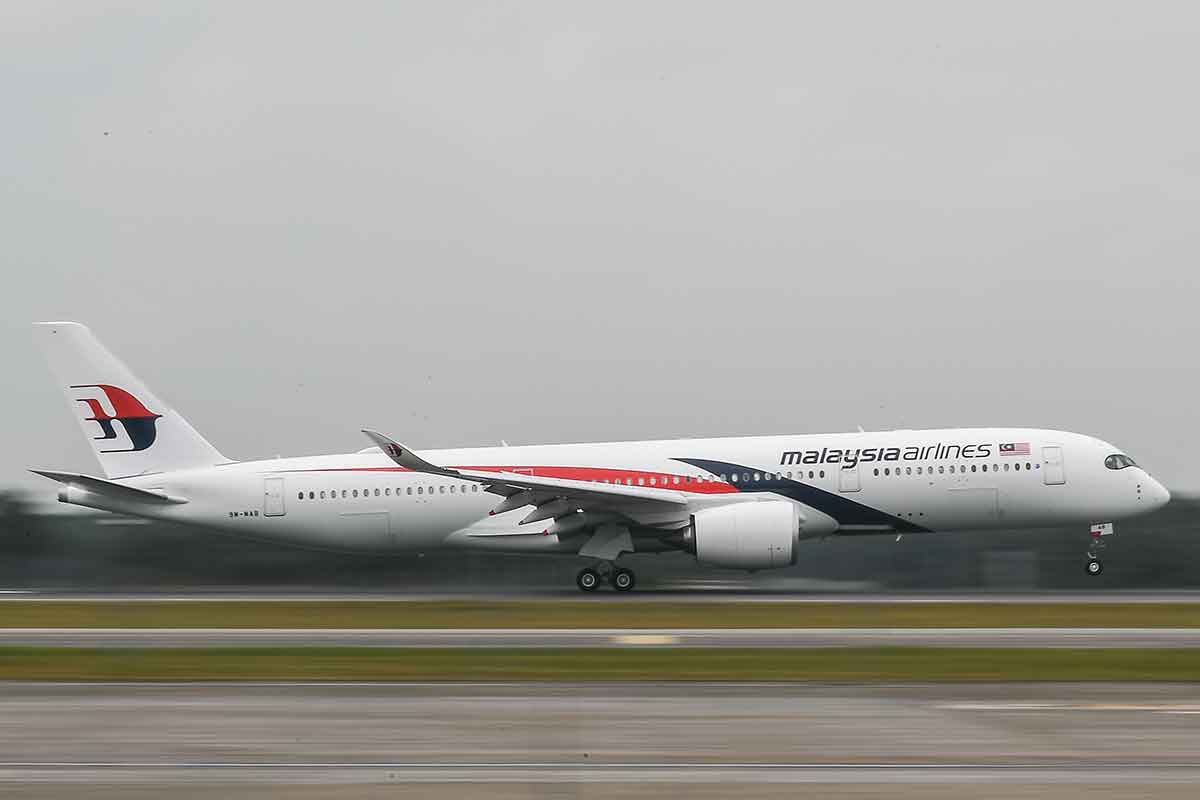On Tuesday, Malaysian Prime Minister Mahathir Mohamad told reporters he's studying whether to sell, shut down or refinance Malaysia Airlines Bhd., the troubled national carrier. A decision needs to be made soon. In 2018, the perpetually money-losing airline accounted for about half of the US$1.5 billion in losses suffered by its parent, Khazanah Nasional Bhd., Malaysia's sovereign wealth fund.
On purely economic terms, Mahathir’s decision should be easy. In 2014, following the loss of planes and lives in the MH370 disappearance and the tragic downing of MH17 over Ukraine, Khazanah announced a restructuring intended to make the airline profitable by 2018. It’s failed for one central reason: Malaysia Airlines remains a state-owned flag carrier, slow-moving and burdened by political expectations. At a time when low-cost airlines offer a perfectly adequate and more competitive alternative, Malaysia isn’t the only country that should rethink whether it really needs a national airline.
The concept of a flag carrier dates back to the establishment in the mid-1940s of the International Civil Aviation Organization (ICAO), a United Nations (UN) regulator. Every nation was given the opportunity to operate international air services. Some countries, including the United States (US), chose to let private companies do the flying. Others decided to establish, subsidise and protect flag carriers, even to the point of restricting competition on key routes.
Those airlines had goals other than profits. For decades, according to Brian Summers at Skift, "nearly every national airline within 12 hours of New York flew to John F. Kennedy Airport, or wanted to –whether the flights lost money or not."
Why? For one thing, maintaining an international airline – and a New York route – was a statement of global purpose and ambition. Connections to major political and economic centres could attract attention, trade and investment. In some cases, they literally put one’s country on the map: Flying a successful airline with high standards of service was excellent marketing for several emerging economies (think Singapore). What’s more, national airlines proved to be ideal platforms for patronage, just as other state champions are.
Malaysia Airlines, established in 1972 after it split from Singapore Airlines Ltd., embraced all of those goals. Helped along by the fast growth of Southeast Asia's economies, especially in the 1980s, it eventually maintained routes to dozens of international destinations including London, Los Angeles, Paris, Buenos Aires and Johannesburg.
Not all were profitable and, by the mid-1990s, problems had started to accumulate. A poorly devised plan to privatise the airline saddled it with debt that became a crushing burden after the Asian Financial Crisis.
What really undercut the flag carrier, though, was the emergence of privately held, ruthlessly efficient low-cost airlines such as AirAsia Group Bhd. in the late 1990s. Just as in Europe, where Ryanair Holdings PLC and its low-cost counterparts had wreaked havoc on heavily subsidised national carriers from Air France-KLM to the now-defunct Malev Hungarian Airlines, the model upended Asia.
Passengers, most of whom travel within the region when venturing abroad, eagerly took advantage of the lower prices, newer planes and oftentimes better customer service that the upstarts offered. Younger and hipper, the new airlines were usually better advertisements for their host countries than their fusty rivals.
By 2018, low-cost carriers had claimed around 28 percent of all airline seat capacity flown in Southeast Asia. In Malaysia, AirAsia had seized 55 percent of all passenger traffic by 2018. It could become Southeast Asia's largest airline this year, surging past giants such as Singapore Airlines, Thai Airways International PCL and Vietnam Airlines JSC.
The impact on Malaysia Airlines has been devastating. Between 2001, the year the government resumed ownership, and 2014, the year of the MH370 and MH17 disasters, the government injected RM17.4 billion (US$4.3 billion) into the struggling flag carrier to cover losses. The 2014 restructuring and privatization required an additional RM6 billion ringgit (US$1.5 billion).
There will naturally be resistance to shutting down the carrier. "Almost every country has its own national airline," declared Najib Razak, Malaysia's disgraced former prime minister on Tuesday. "So, we must have our national airline.”
But the truth is that unless governments are interested in turning back the clock on deregulation to protect flag carriers on the most profitable routes, the case for them becomes more sentimental than economically sensible. Worse, government support of national carriers such as Air India Ltd. often encourages discounting and ruinous price wars. Even privatisation isn’t much of an option; as long as an airline is viewed as a national asset, privately owned or not, any government will face pressure to support it.
Some flag carriers, such as Singapore Airlines, successfully operate their own low-cost carriers. But too many others continue to struggle with politically powerful unions and poor decision-making. Rather than burden taxpayers and the flying public further, it's time for their host nations to lower the flag. - Bloomberg
